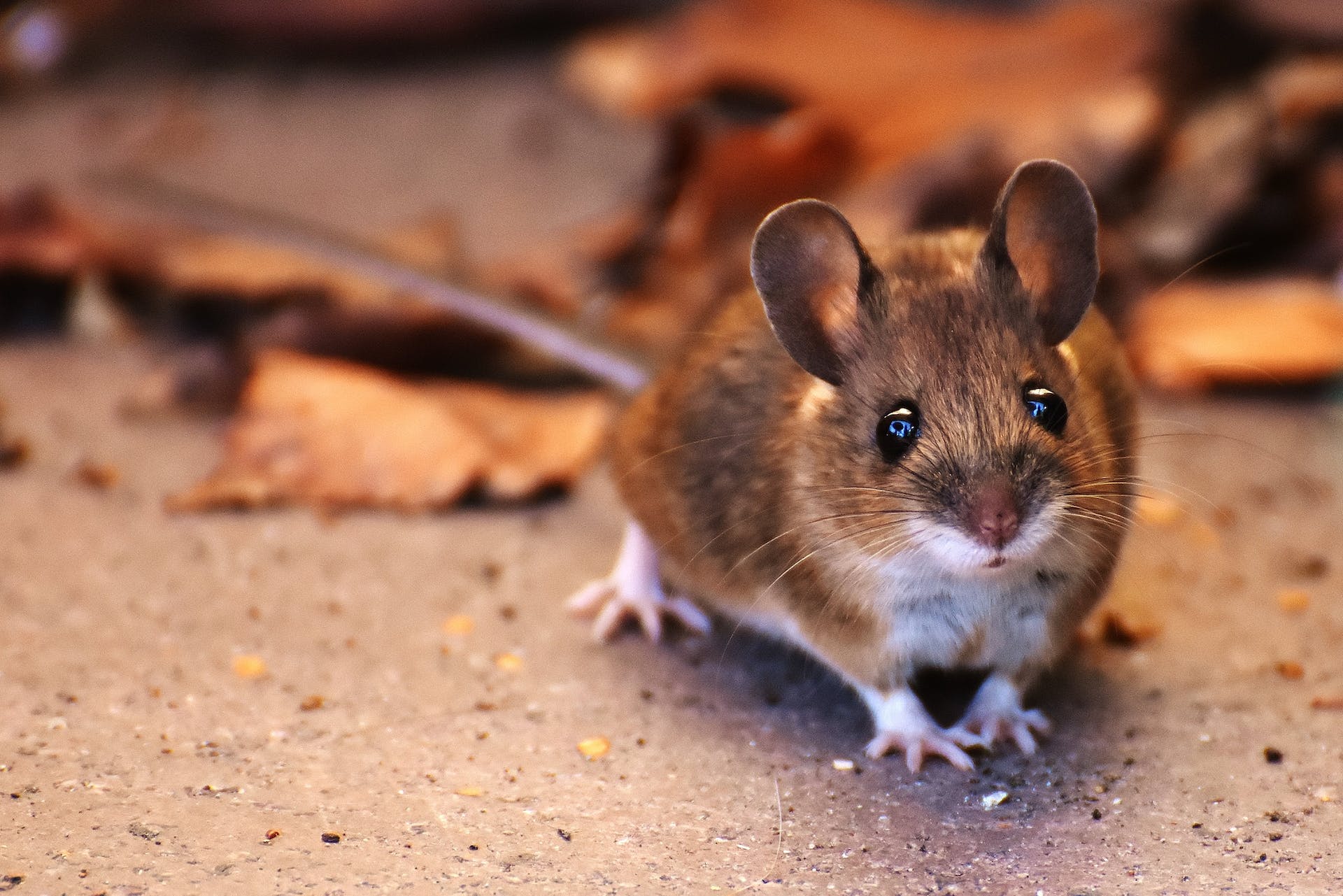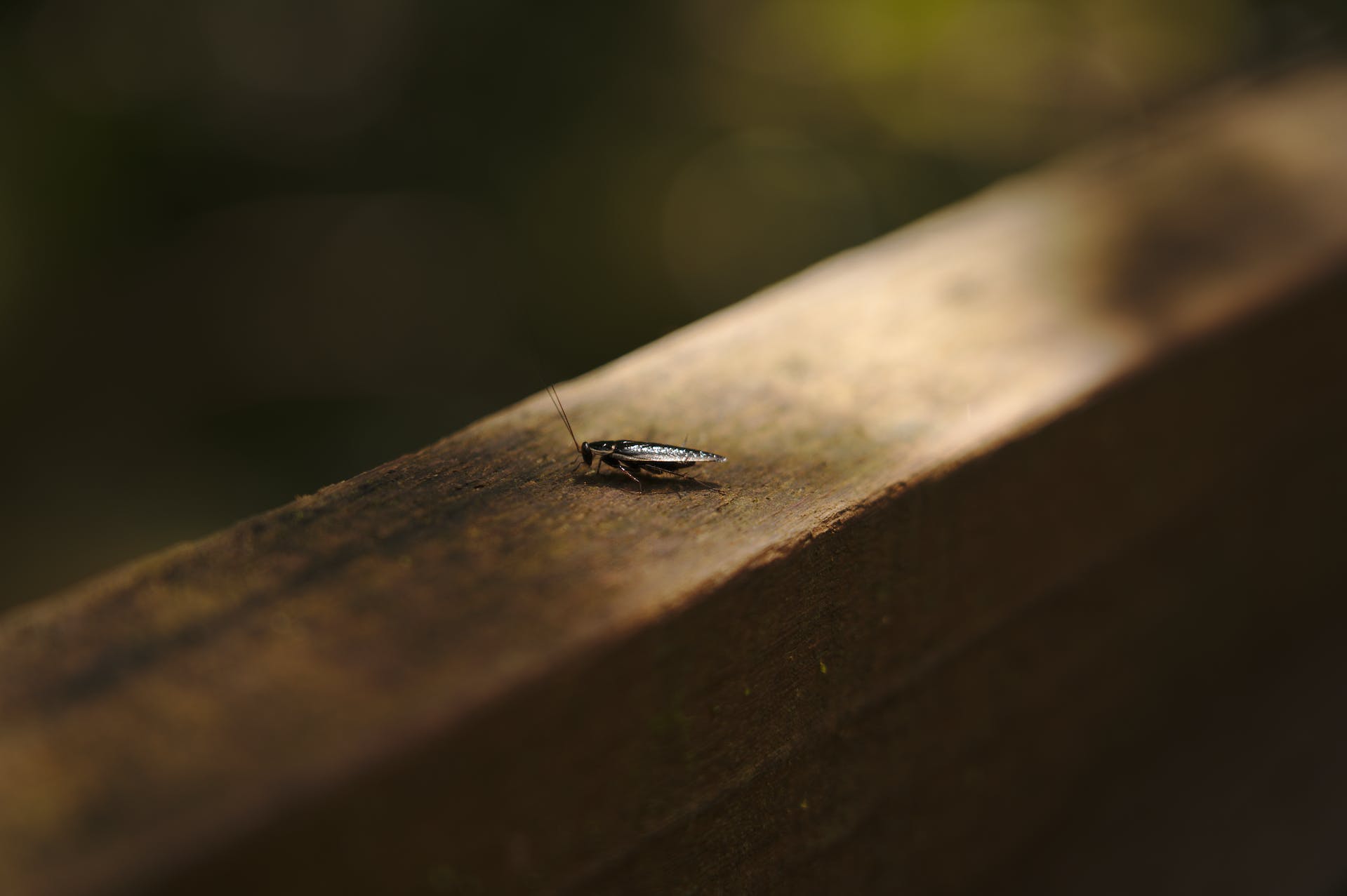In both residential and commercial settings, pest control is often seen as a discretionary activity, with many underestimating its importance. However, neglecting pest control can lead to severe consequences, both financially and in terms of health and safety. This article delves into the various costs associated with ignoring pest control, emphasizing why it should be a crucial part of property maintenance.
1. Health Risks
One of the most significant costs of neglecting pest control is the potential health risk. Pests like rodents, cockroaches, and mosquitoes are carriers of diseases. For instance, rodents can spread hantavirus and salmonella, while mosquitoes are known vectors of diseases like West Nile virus and Zika virus. Cockroaches can exacerbate asthma and allergy symptoms, especially in children. The health care costs and the physical and emotional toll of illnesses caused by pests can be substantial.
2. Property Damage
Pests can cause extensive damage to property. Termites, for instance, are notorious for their ability to damage the structural integrity of buildings, leading to costly repairs. Rodents can gnaw through wires, potentially causing electrical fires. The cost of repairing these damages can be enormous compared to regular pest control expenses.
3. Food Contamination
In both homes and businesses, especially those related to food service, pests pose a significant risk of food contamination. This can lead to foodborne illnesses and spoilage, resulting in substantial financial loss and damage to reputation, particularly for businesses.
4. Loss of Reputation
For businesses, especially those in hospitality, food service, and retail, the presence of pests can severely damage their reputation. In the age of social media and online reviews, reports of pest infestations can spread rapidly, leading to a loss of customers and revenue. This reputational damage can be far more costly than the price of regular pest control services.
5. Decreased Property Value
Pest infestations can significantly lower the value of a property. Potential buyers are less likely to invest in a property with a history of pest problems, and the visible damage caused by pests can decrease a property’s market value.
6. Legal Costs
There are legal implications for neglecting pest control, especially in rental properties and businesses. Landlords and business owners could face legal action if tenants or customers are affected by pest-related issues. The legal costs and potential compensation payouts can be financially crippling.
7. Increased Long-Term Costs
Neglecting pest control often leads to larger infestations, which are more difficult and expensive to manage. Regular pest control can prevent infestations, saving money in the long term.
8. Emotional Stress and Quality of Life
Living or working in an environment infested with pests can cause significant emotional stress and anxiety. This diminished quality of life is a less tangible but real cost of neglecting pest control.
The cost of neglecting pest control extends beyond simple nuisance. It encompasses significant health risks, property damage, food contamination, reputational harm, reduced property values, legal consequences, increased long-term costs, and a negative impact on quality of life. Investing in regular, effective pest control is not only a matter of maintaining cleanliness but also an essential aspect of safeguarding health, property, and financial well-being.



